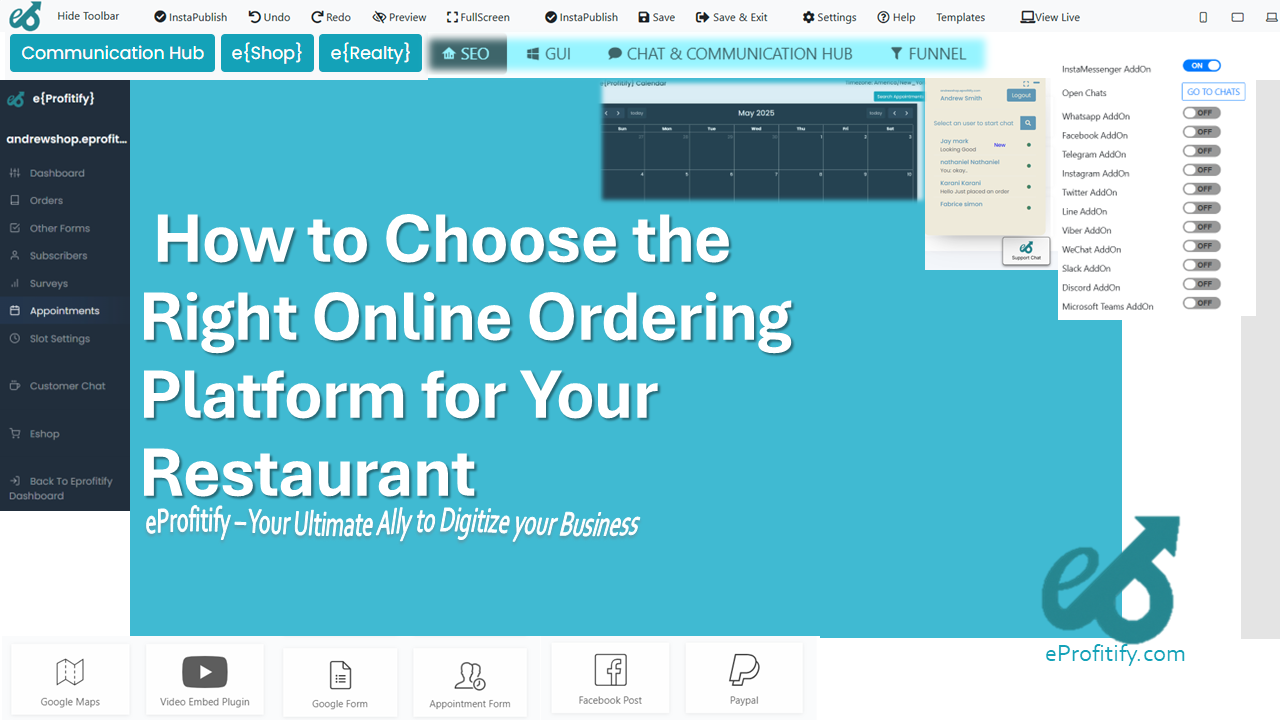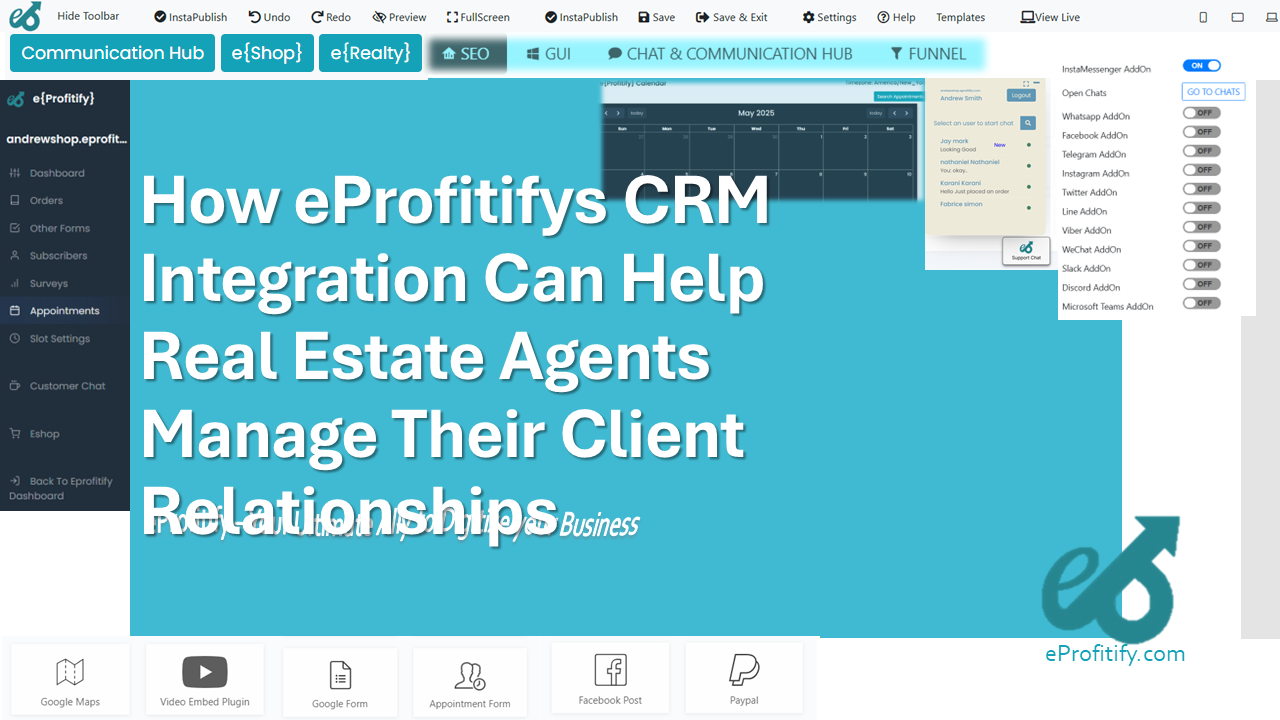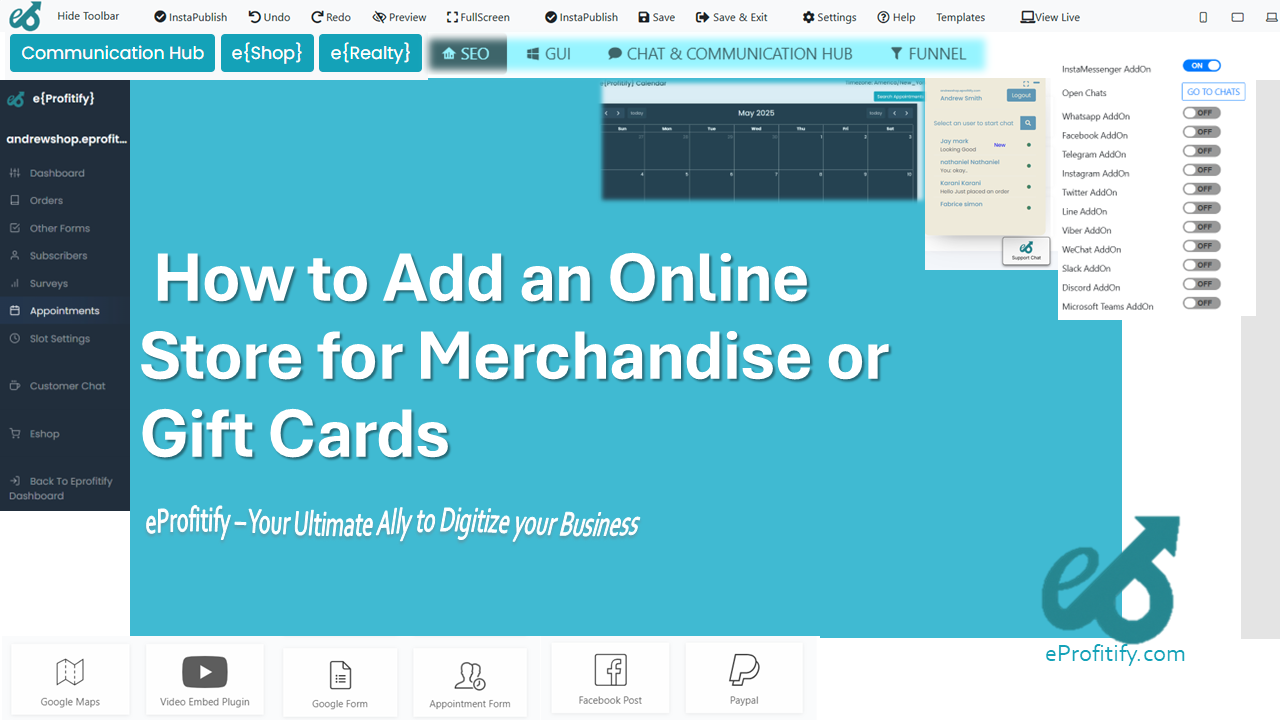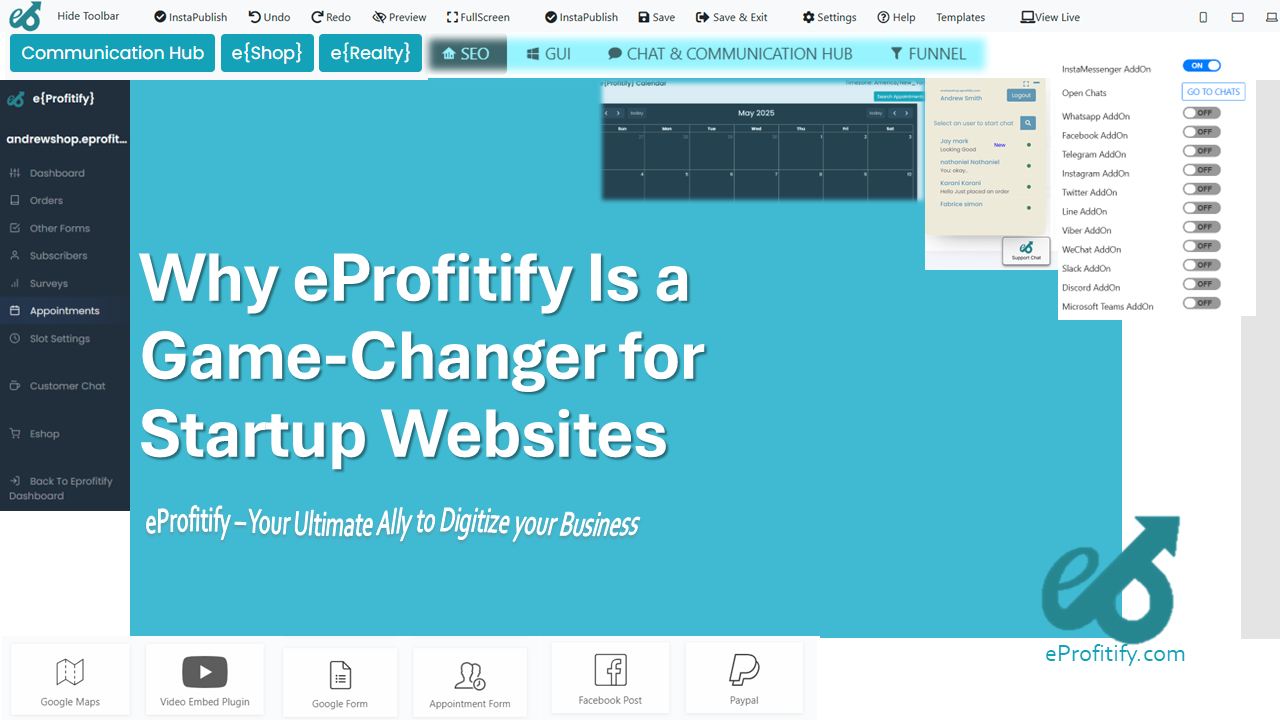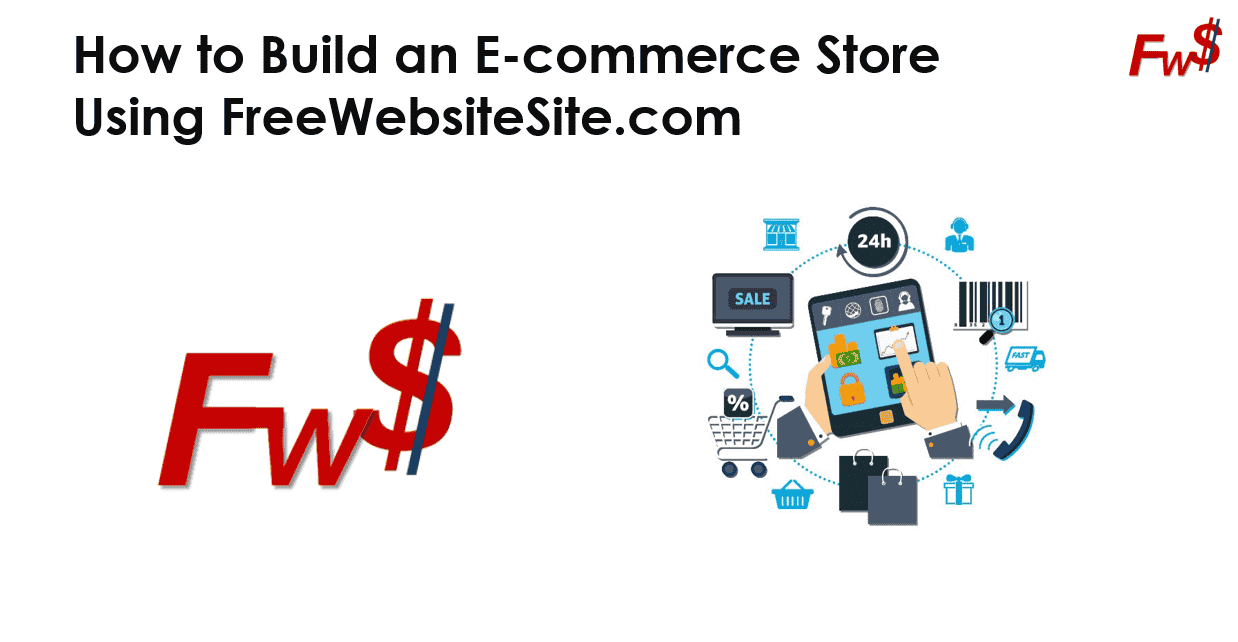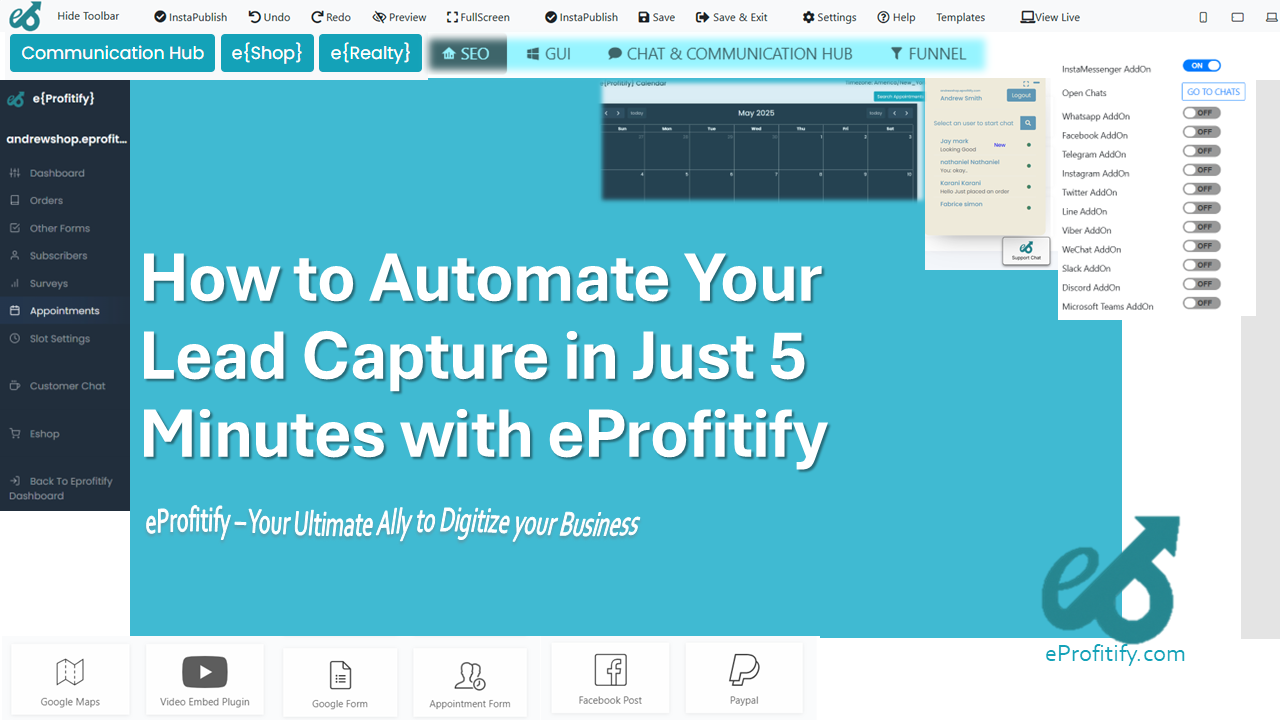The Importance of Internal Linking for SEO
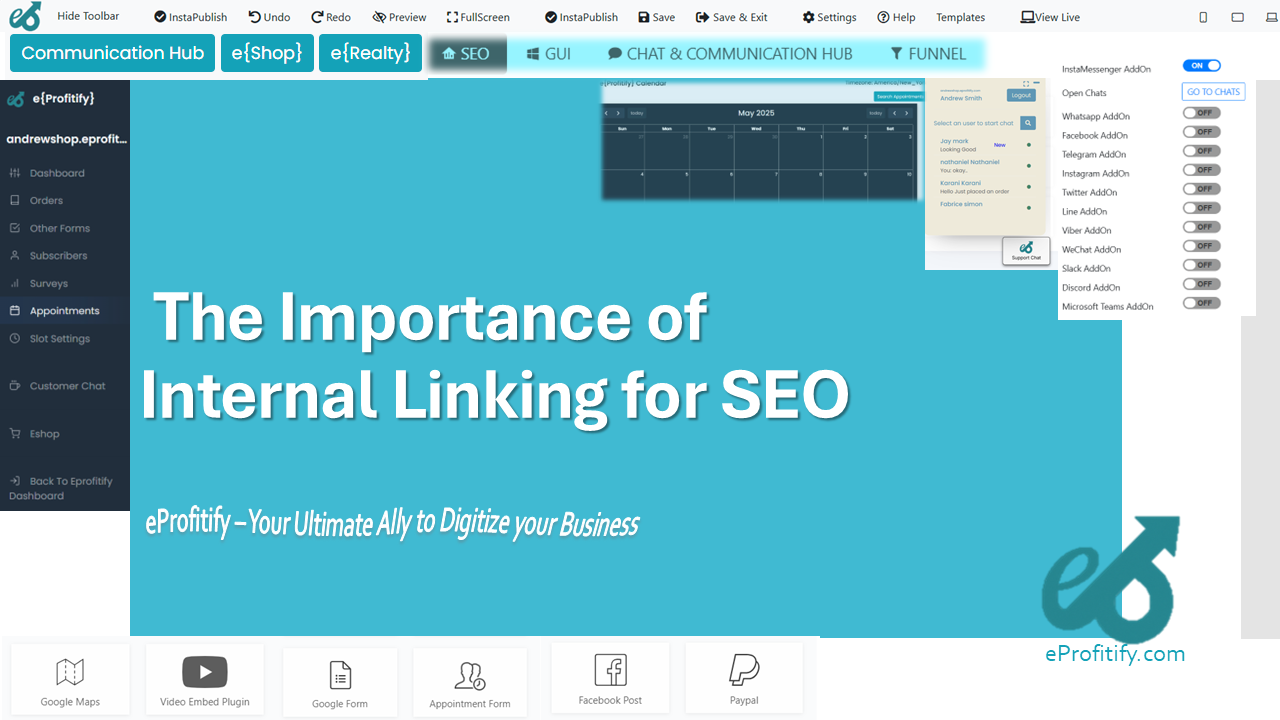
The Importance of Internal Linking for SEO: Boosting Rankings and Enhancing User Experience
In the ever-evolving world of SEO, internal linking remains a cornerstone strategy for improving website visibility, user experience, and organic rankings. While external backlinks often steal the spotlight, savvy marketers know that internal linking—connecting pages within the same website—is equally critical. This article explores the significance of internal linking for SEO, backed by actionable statistics, and introduces Eprofitify, a leading website management platform that simplifies internal linking while offering advanced tools for holistic business growth.
What is Internal Linking?
Internal links are hyperlinks that connect one page on your website to another. Unlike external links (which point to other domains), internal links guide users and search engines through your site’s architecture, signaling content relevance and hierarchy. When strategically implemented, these links distribute “link equity,” enhance crawlability, and keep visitors engaged.
Why Internal Linking Matters for SEO
1. Enhances Site Navigation and User Experience
Internal links act as signposts, helping users discover related content and navigate your site effortlessly. A smooth user experience reduces bounce rates and increases time-on-site, both of which are indirect SEO ranking factors.
- Statistic: Websites with a clear internal linking structure see up to 40% lower bounce rates, as users are guided to relevant content (HubSpot, 2022).
- Example: An ecommerce site linking “summer dresses” to “accessories” keeps shoppers engaged, boosting conversion opportunities.
2. Distributes Page Authority (Link Equity)
Internal links channel authority from high-performing pages to newer or lower-ranking content. This “link equity” transfer helps search engines identify key pages and improves their rankings.
- Statistic: Pages receiving 3+ internal links are 2.5x more likely to rank in the top 10 (Ahrefs, 2023).
- Tip: Link from cornerstone content (e.g., pillar blogs) to supporting articles to strengthen topical relevance.
3. Improves Crawl Efficiency
Search engine bots rely on internal links to discover and index pages. A logical linking structure ensures that even deep pages are crawled quickly, preventing them from being overlooked.
- Statistic: Sites with optimized internal linking see 30% faster indexing of new pages (Moz, 2021).
4. Boosts Keyword Rankings
By using keyword-rich anchor text, internal links reinforce content relevance for target keywords. This helps search engines understand context and improves rankings.
- Statistic: Pages with 10+ internal links generate 3x more organic traffic than those with fewer (Backlinko, 2022).
5. Encourages Longer Session Durations
Guiding visitors to related content increases session durations, signaling to Google that your site is valuable.
- Statistic: Websites with strategic internal links achieve 25% longer average session durations (SEMrush, 2023).
How Eprofitify Streamlines Internal Linking and SEO
While internal linking is undeniably powerful, managing it manually across large websites can be time-consuming. This is where Eprofitify, a comprehensive website publishing and management platform, becomes indispensable. Designed for businesses prioritizing growth, Eprofitify offers tools that simplify SEO while integrating functionalities for holistic digital success.
CMS with Intelligent Internal Linking Suggestions
Eprofitify’s Content Management System (CMS) includes AI-driven recommendations for internal linking. As you create content, the platform suggests relevant pages to link based on context, ensuring consistency and keyword alignment.
Analytics for Performance Tracking
Monitor how internal links impact user behavior and rankings with built-in analytics. Identify top-performing pages, track click-through rates, and refine your strategy in real time.
Integrated Features for Enhanced Engagement
Beyond SEO, Eprofitify offers tools that synergize with your linking strategy:
- Instant Messaging: Engage visitors proactively, directing them to key pages via chat.
- Appointment Management: Embed booking links in service-related content to drive conversions.
- Ecommerce Integration: Cross-link product pages and blogs to boost discoverability.
- CRM: Personalize user journeys by linking content based on customer behavior data.
SEO Scalability
For large websites, Eprofitify automates internal linking audits, identifying broken links, orphaned pages, and opportunities for optimization—saving hours of manual work.
Real-World Impact
Businesses using Eprofitify report 50% faster SEO results due to streamlined internal linking and integrated tools. One user, a mid-sized ecommerce brand, saw organic traffic rise by 65% in six months after leveraging Eprofitify’s CMS and analytics to overhaul their linking strategy.
Best Practices for Effective Internal Linking
- Prioritize User Intent: Link to content that genuinely benefits the reader.
- Use Descriptive Anchor Text: Avoid generic phrases like “click here.”
- Limit Links Per Page: Aim for 5–10 contextual links to avoid overwhelming users.
- Update Old Content: Refresh older posts by adding links to newer pages.
Conclusion
Internal linking is a low-effort, high-reward SEO tactic that enhances rankings, user experience, and site authority. By strategically connecting content, you empower search engines and visitors alike to discover your best work. Platforms like Eprofitify amplify these benefits by automating technical tasks and unifying SEO with engagement tools like CRM, ecommerce, and analytics. In today’s competitive digital landscape, mastering internal linking—with the right tools—can propel your website to the top of search results.
Ready to optimize your internal linking strategy? Explore Eprofitify’s suite of tools to streamline SEO, engage customers, and grow your business—all from one intuitive platform.
Statistics sourced from HubSpot, Ahrefs, Moz, Backlinko, and SEMrush (2021–2023).


